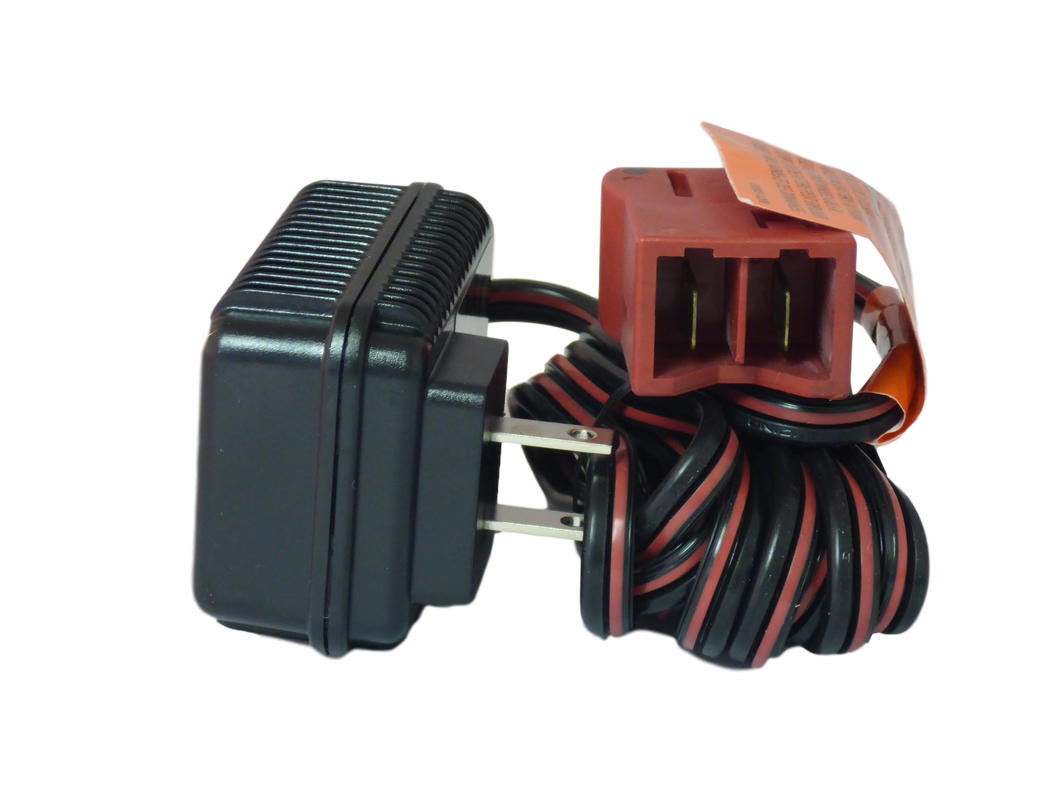Battery Discharging and Charging
One of two chemical processes is always occurring inside a battery at any given time—discharging or charging. Here is how the discharge process works. The electrolyte solution contains charged atomic particles called ions, made up of sulfate and hydrogen. The sulfate ions are negatively charged, while the hydrogen ions have a positive charge. When an electrical load is placed across a battery’s terminals (starter motor, headlight, horn, etc.) the sulfate ions travel to the negative plates and give up their negative charge, causing the battery to discharge or produce electrical energy. This excess electron fl ow out of the negative side of the battery, through the electrical device, and back to the positive side of the battery is what creates DC current. Once the electrons arrive back at the positive battery terminal, they travel back into the cells and re-attach themselves to the positive plates. The discharge process continues until the battery is dead and there is no more chemical energy left. Discharge Chemistry. In addition to the electron fl ow within the battery as it discharges, the ratio of sulfuric acid to water in the electrolyte solution is also changing to more water and less acid. A chemical byproduct of this process is lead sulfate that coats the battery plates within each cell reducing its surface area. With less area available on the cells to produce electrical energy, the production of amperage, or current is also reduced. If the discharge process continues, even more lead sulfate is deposited on the cell plates and eventually the chemical process that produces current is no longer possible. The lead sulfate deposits on the plates is the reason that a battery can’t supply energy indefinitely. For example, lights left on for several days or extensive cranking of the starter motor. In fact, prolonged discharge causes harmful sulfation and the battery may not recover no matter how long it’s charged. Besides not being able to produce enough current to start an engine, a dead battery is also prone to freezing in cold temperatures because the battery’s electrolyte is mostly water instead of acid. When temperatures drop below freezing the electrolyte may freeze and permanently damage the battery. A charged battery won’t freeze until the temperature drops well below -75° F. The suggested operating temperature range for all Batteries is 14° F to 140° F (-10° C to 60° C). Battery Self-Discharge. It’s a fact that a battery’s ability to produce electricity will decrease from just sitting around. Self discharge is always taking place even if the battery is not connected to anything. How rapidly batteries self-discharge depends on ambient temperature and battery type. At temperatures above 130° F self-discharge is even more rapid. These temperatures can be reached if the battery is stored in a garage or shed in hot weather. Speaking of discharging, a common misconception about battery storage is that if one is left on a concrete floor it will self-discharge rapidly. This was true over thirty-five years ago, when battery cases were made of hard rubber—the moisture from concrete caused this type of battery to discharge directly into the concrete floor. However, modern battery cases are made of polypropylene plastic and can be stored on concrete without any concern for excessive self-discharge.
Checking a Battery.
A routine should be established by which a battery is checked for state-of-charge and charged if necessary. Because access to the battery may be difficult on some vehicles, a permanent, quick connect/disconnect connector can be installed allowing the battery charger to be connected to the vehicle’s battery externally. When charging a battery, always refer to the instructions that came with the battery charger. While maintaining a battery at its full state-of charge will insure optimum life, overcharging may significantly reduce it.
Do Not Overcharge.
Because of the characteristics of an AGM battery, too much of a boost charge, or overcharge will decrease the volume of electrolyte. The longer the overcharge time, the greater the drop in electrolyte and starting power. Because the battery is sealed, water can’t be added to make up the difference in the loss of electrolyte. In addition, overcharging can warp cell plates making future charging difficult or impossible. To prevent over charging, track charging times carefully, or ideally, use a Automatic Charger. Always stop charging if the battery case becomes too hot to touch. Let it cool down 6 to 12 hours and resume charging. Charging times will vary depending on type of charger and the size of the battery.
POINTS TO REMEMBER
■ Prolonged discharge causes harmful sulfation and may damage a battery
■ Discharged (dead) batteries are prone to freezing in cold temperatures
■ Short trips may not provide enough battery charging time
■ Always verify the state of charge 30 minutes after charging
■ Storing batteries in high temperatures will cause damage to the battery
■ Never exceed 3 amps when charging a motorcycle, or other small battery
Recent Posts
-
Trailer Breakaway Kit With Charger - Switch - Includes 12V 10AH SLA Battery
This trailer breakaway kit can handle 1-2-3-4 Axel trailers. This kit also has an upgraded 10A …18th Jun 2025 -
NEW! Nano-Silica Construction and Nano Silica Collodial Electrolyte Batteries!
Now in Stock! Capable of up to 350 cycles at 100% depth of discharge, Nano-Silica has superior …2nd Apr 2025 -
New Chargers now in stock! Recsue IQ6 & IQ8
Check out these new chargers from Quick Cable. 12V and 24V switchable between different AMPS. …3rd Feb 2025




